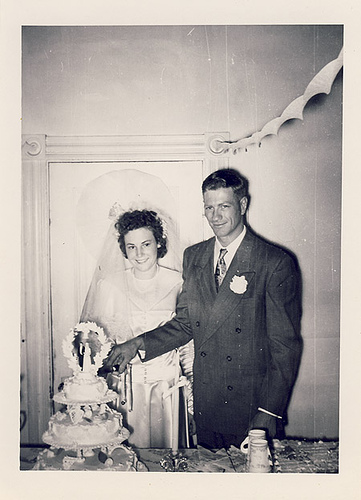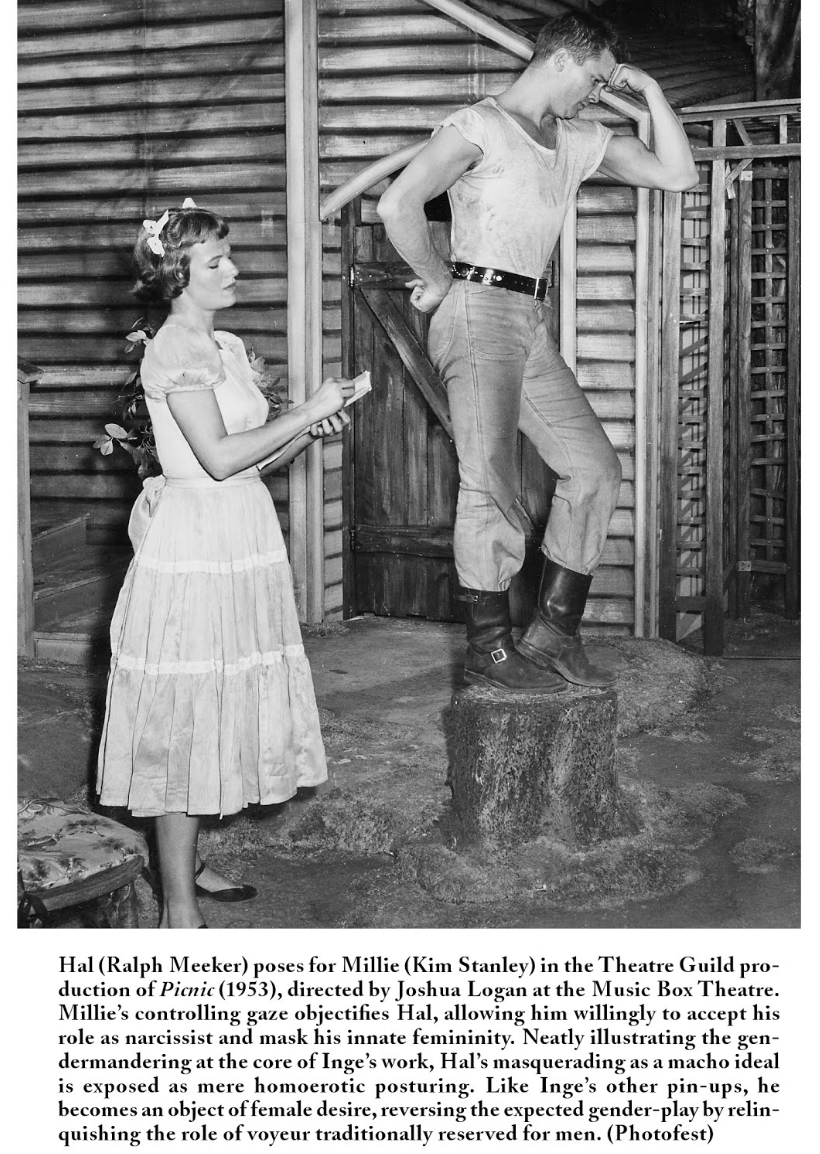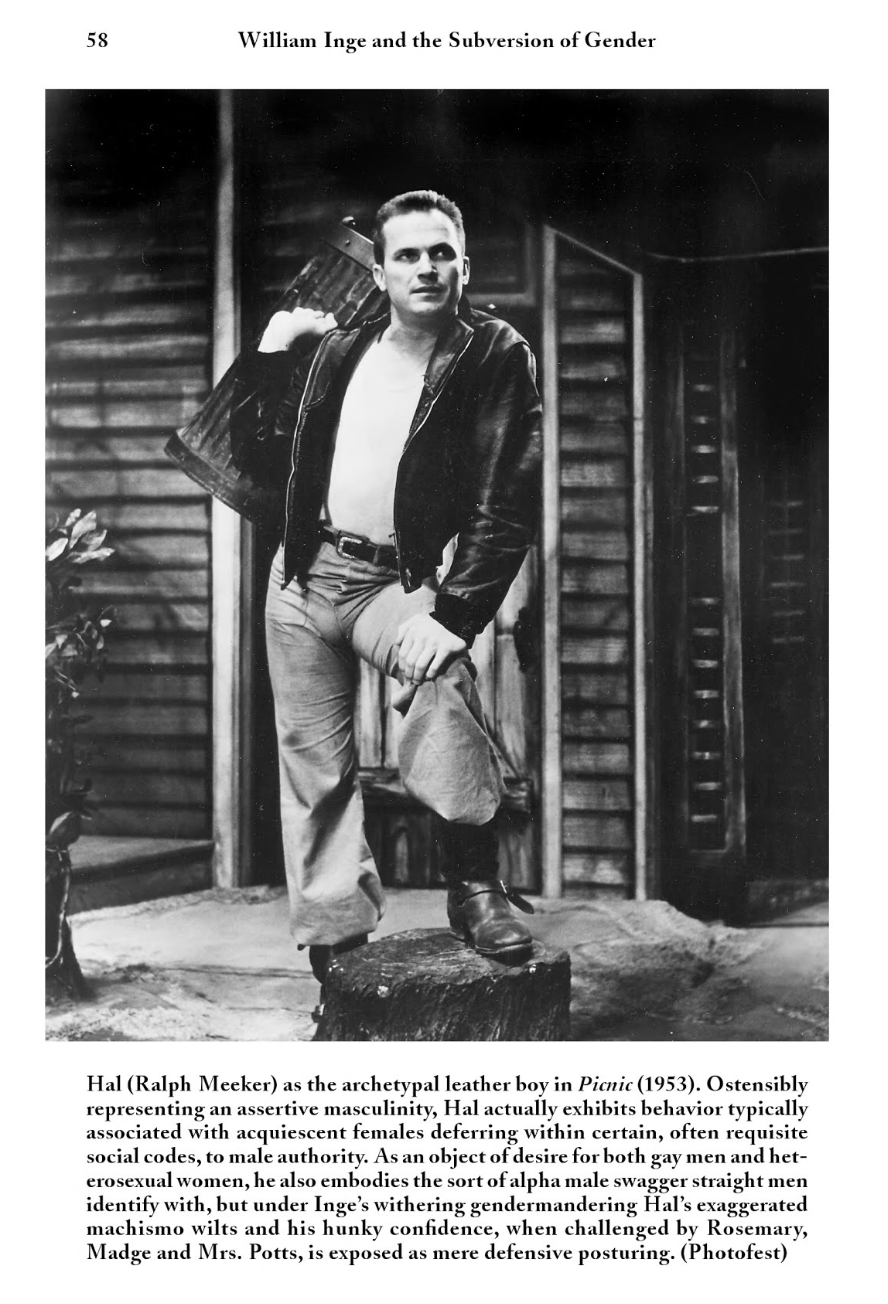SEX IN THE 1950’s
Though the 1950’s are widely known for the ideal white, clean-cut, suburban nuclear family with a devoted housewife and working father, they were actually the beginning of a sexual revolution. This decade opened many doors into a more openly sexual nation, propelling us into the wilder, free-loving times of the 60’s and 70’s. Birth control, masturbation, homosexuality, infidelity, and general sexy times came into the light. The fragile glass societal box of the 50’s and previous eras was about to be shattered by some oh-so scandalous events.
In 1948, Dr. Alfred Kinsey published the first of his two famous books, “Sexual Behavior in the Human Male,” and shook the foundations of society. 1954 brought about the second, “Sexual Behavior in the Human Female,” which was an even bigger uproar since it was taboo for women to enjoy or discuss sex in any manner. These studies revealed the staggering statistics of Americans who participated in premarital sex (68-90% males, almost 50% females), had masturbated previously (92% males, 62% females), and had homosexual relations (37% males, 13% females). None of this information was public or even spoken about before Kinsey’s reports, and thus it caused a huge movement in discussion of sex. Another shocking number that was revealed was that 50% of men had cheated on their spouses. This is a perfect example of the dark secrets hidden behind the pure facade of the time period. Though society tried to project its conservative, familial morals, the truth was that sex was still happening in large numbers.

A huge sexual problem for women was frigidity during intercourse. Several medical articles were written about this phenomenon, with varying theories. In two Journal of American Medicine articles, doctors wrote opposing opinions about why women faced this inability to experience vaginal orgasm. The winning theory was that domestic violence made women incapable of experiencing orgasm. This was representative of the broken familial situation in the 50’s, where it seemed ideal but the foundation was actually flawed and loveless.

A huge indicator in the newly sexual 1950’s is the introduction of the famous Playboy franchise. In late 1953, Hugh Hefner created the wildly popular and infamous magazine, known for its semi and fully nude centerfolds of women and pieces about sex. By popularizing and commercializing sex, Hefner was a huge participant in the early stages of the sexual revolution, which was to come fully in the 1960’s and 70’s.

Largely, the 1950’s were defined by extremely traditional gender roles and women were treated as subordinate. However, inklings of change in mindset towards women’s sexuality started to peek out throughout the decade. Girlie magazines started emerging towards the end of the decade, which meant a more open point of view on female sexuality. Colleges also started promoting the use of contraceptives and birth control.
(1953 video on Sexual Behavior in the youth culture)
Thus, though the 1950’s were defined by the conservative nuclear family, they were also the times in which the silence surrounding sex was broken. This decade is fascinating in its delicate construction and hidden darker aspects. This was the beginnings of the sexual revolution that came within the next 20 years.
By: Madi Lang-Ree
Gender Norms and Expectations in the 1950s
Picnic, first produced in 1953, takes place in the post war, nuclear family oriented mentality of 1950s American society. Coming out of World War II, Americans, whether conscious of it or not, were standing on shaky ground when it came to gender norms and expectations. During the WWII, while the men were out fighting for the country, women were recruited to help with the war effort in new, different ways. Pressure was put on women to help with the war any way they could and for many women, that meant direct employment in factories, shipyards, airplane assemblies, etc. This dramatic shift in female empowerment through women performing “men’s work” was quickly shifted back when the men came home and found women filling their old jobs. The women, having had only a small taste of what gender equality could potentially feel like, were now thrown back into the domestic lifestyle. (see “During the war / After the war” photos below provided by: http://social.rollins.edu/wpsites/thirdsight/2013/04/13/gender-roles-in-a-post-war-america/)
Gender norms and expectations were strong ones in the 1950s. Women were expected to stay in the home and run everything considered “domestic.” This included, but is not limited to, the cooking, the cleaning, the laundry, etc. They were also expected to do all of this work with not only a perfectly happy and splendid attitude but also a pretty face and neat clothes (see more in Beauty section). For men, the expectations included being the sole provider and the voice of authority. Men were expected to be the bread winners of the family, working hard to make enough money for the financial success of the family. Men were also expected to be strong and “masculine” in personality (any traces of femininity were “weak” and were to be overcome). The 1950s also saw the establishment of the “nuclear family.” The perfectly all-American, heterosexual, two parents and two children (a boy and a girl) family.
As for Picnic, Inge is a master at social gender commentary. In the book, William Inge and the Subversion of Gender, author Jeff Johnson highlights the many ways Inge comments on the gender expectations of the 50s. Here is an excerpt below.

Hal, on the outside, is one of the most “traditionally masculine character” who, upon closer analysis, is revealed to have more feminine qualities. Again, below is an excerpt from Johnson’s William Inge and the Subversion of Gender.

WB: Chase Hauser
Bibliography:
Jeff Johnson, “William Inge and the Subversion of Gender: Rewriting Stereotypes in the Plays, Novels, and Screenplays” McFarland & Company. Jefferson, NC, 2005.
http://social.rollins.edu/wpsites/thirdsight/2013/04/13/gender-roles-in-a-post-war-america/



